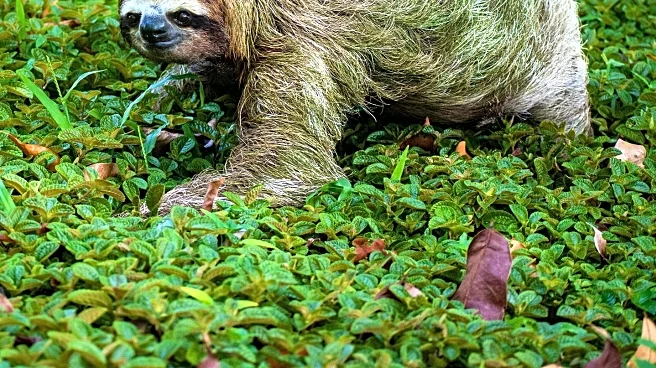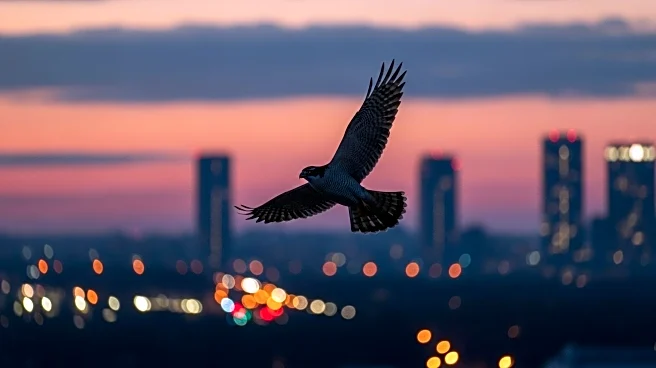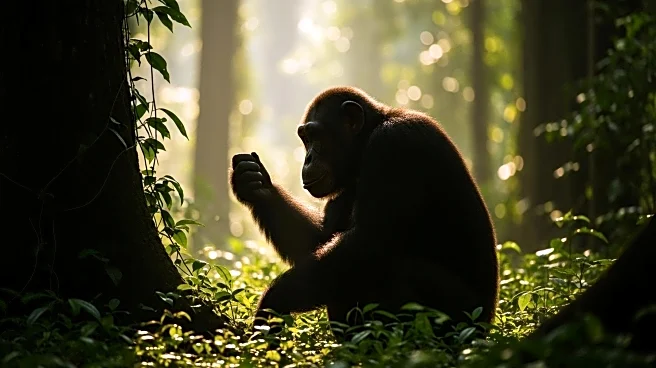What's Happening?
The Tibetan Plateau, home to 11 species of felids including the tiger and snow leopard, is facing threats from rapid infrastructure development. These developments, such as the Qinghai–Tibet railway and the Medog hydropower station, are altering traditional cultures and increasing human presence, which in turn facilitates illegal hunting and poaching. Despite the plateau's rich biodiversity, most felid populations inhabit unprotected areas, with only a few designated protected areas. Conservationists are calling for increased survey efforts and broader conservation initiatives to safeguard these species.
Why It's Important?
The Tibetan Plateau's felid diversity is crucial for maintaining ecosystem balance as these apex predators regulate prey populations. The ongoing infrastructure projects, while beneficial for local economic development, pose significant risks to wildlife habitats. The loss of these species could lead to ecological imbalances and the degradation of natural ecosystem services. The situation highlights the need for a balanced approach to development that considers environmental conservation alongside economic growth.
What's Next?
Conservationists are advocating for the establishment of more protected areas and the upgrading of existing ones to better safeguard the plateau's biodiversity. There is a call for international cooperation and funding to support these conservation efforts. The success of these initiatives will depend on the willingness of local and national governments to prioritize environmental protection in their development plans.
Beyond the Headlines
The situation on the Tibetan Plateau underscores the broader global challenge of balancing development with conservation. It raises ethical questions about the responsibility of governments and corporations to protect biodiversity while pursuing economic growth. The cultural dimensions, including the traditional Tibetan reverence for nature, also play a critical role in shaping conservation strategies.










